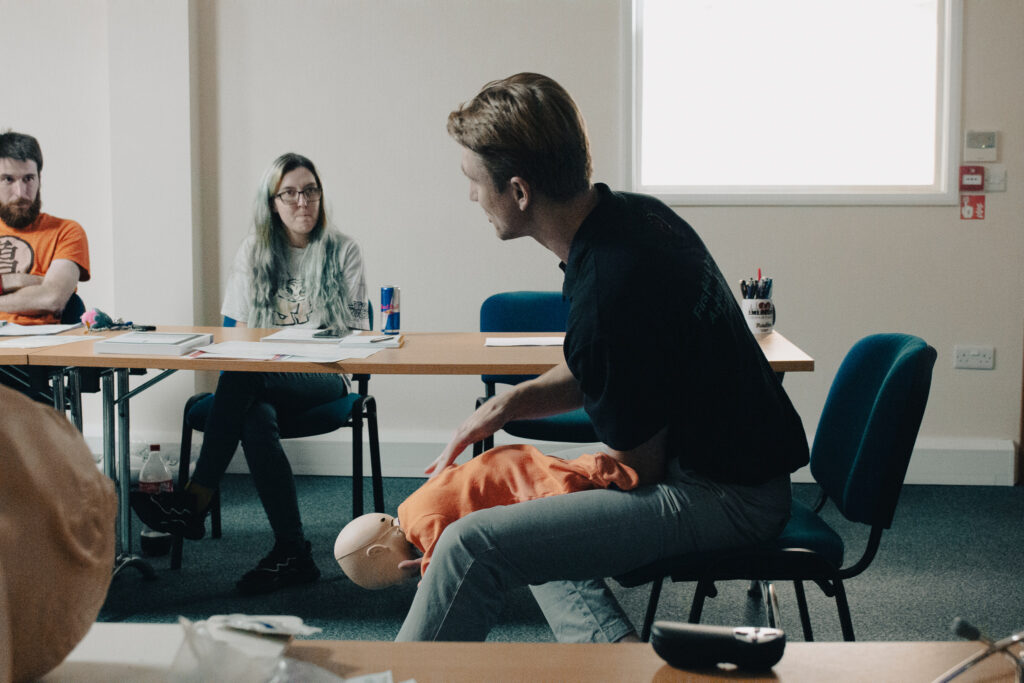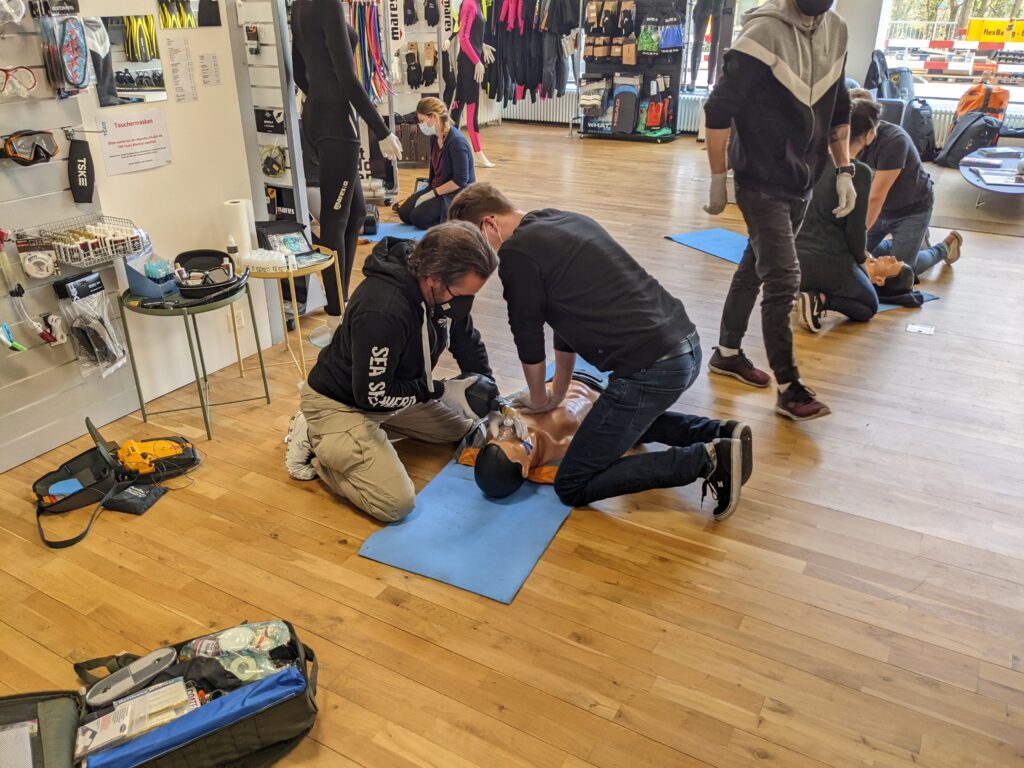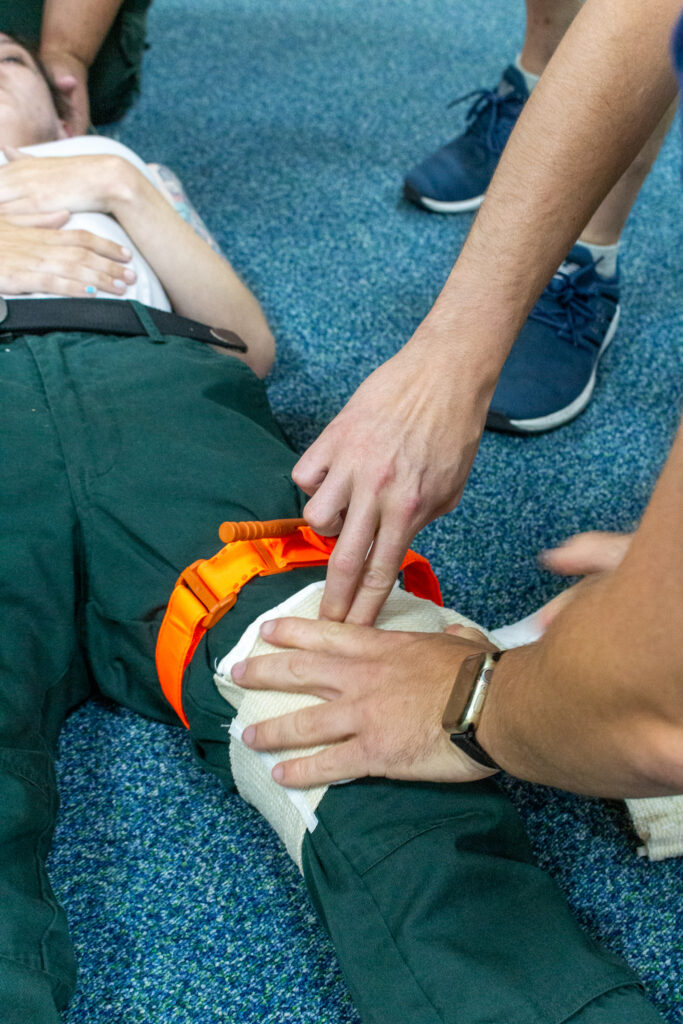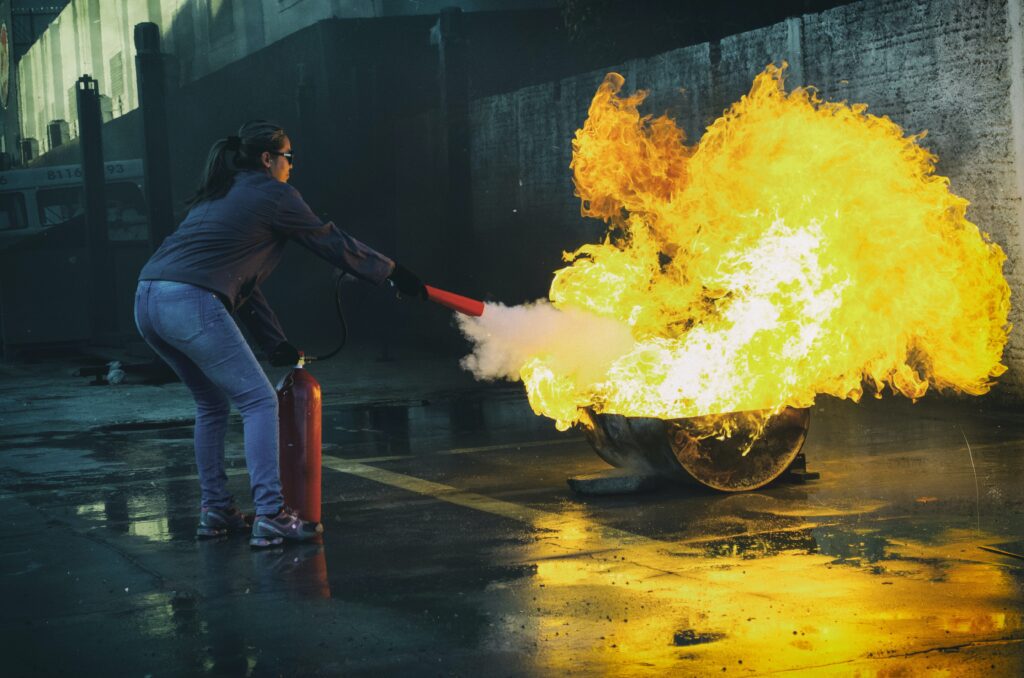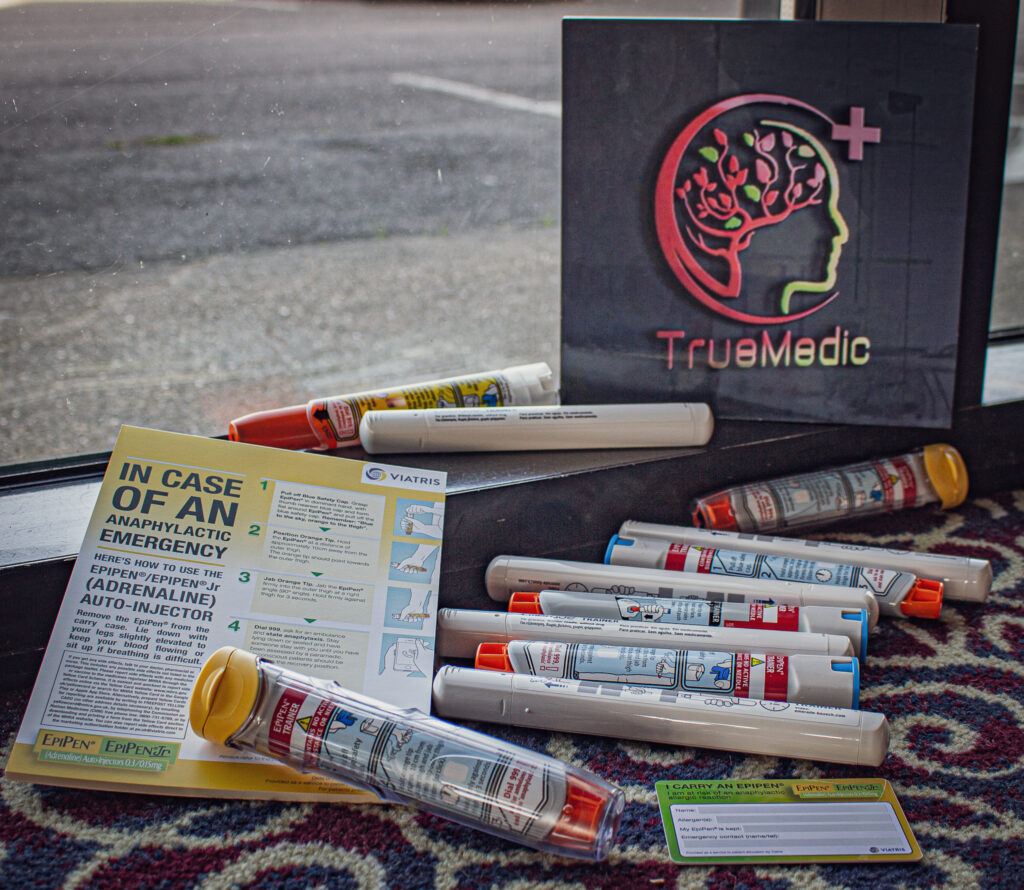Everyone loves their baby and would do anything to keep them safe. One of the scariest things that can happen is when your baby starts choking. Choking happens when something blocks the flow of air into the lungs. It could happen during the intake of food, or any foreign object /small toy that baby might swallow. Sometimes, despite all the care in the world, babies can still choke on their food. If your baby is choking, staying calm and acting quickly is essential. If not treated quickly, it can lead to serious health problems or even death.This can be a frightening experience. Continue reading to learn how to provide first aid for a choking baby.
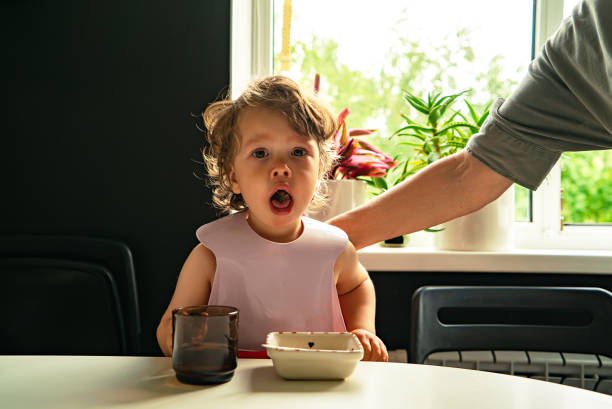
Sign And Symptoms That Are Alarming
Babies sometimes cough or gag when choking, but sometimes they might not make any noise. It is crucial to know the signs and symptoms that are alarming. If your baby’s face turns red or blue, that is a sign of a lack of oxygen. Let’s see what could be some other signs.
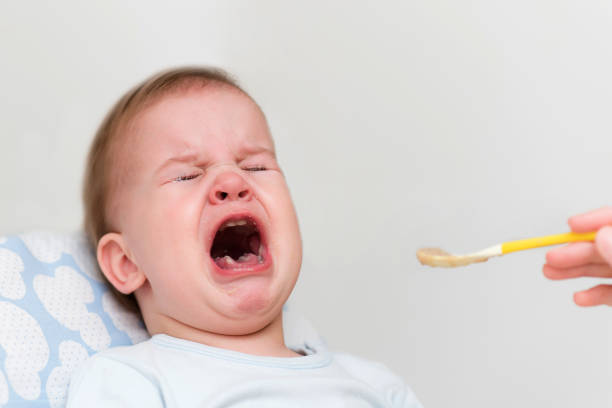
Unable To Breath
The most alarming sign is when your baby can’t breathe or makes high-pitched noises while trying to breathe. If you see these signs, the obstruction is complete, and you must immediately provide first aid.
Pass out
If your baby becomes unresponsive, they are not getting enough oxygen. As a result they could pass out.
Pale Blue Lips
The most common and easiest symptom to spot is when the lips turn blue due to a lack of oxygen. If you notice this, it is a sign that you need to provide paediatric first aid immediately.
Red Puffy Face
Your baby’s face might turn red from trying to breathe. Choking can also cause the face to swell.
First Aid Instructions For A Choking Baby

Follow these paediatric first aid instructions for a choking baby that you can do until medical help arrives:
Slap It Out
If your baby is choking and coughing but still able to cry, they probably have something blocking their airway that they can cough up on their own.
Help them out by slapping them on the back between the shoulder blades with the heel of your hand. Try to slap with the flat part of your hand, not your fingers, and use five back blows.
Checking Baby’s Mouth
To check your baby’s mouth, open it with your pinky finger. Look inside and see if you can spot the object that’s causing the problem.
If you can see it, remove it carefully with your pinky finger. If the object is stuck, don’t try to force it out with a pointy object like a bobby pin or a safety pin. You could end up pushing the object further down their throat.
Turn the Baby onto their Back
If the back blows, don’t dislodge the object; your baby is still choking, and it’s time to turn them over onto the back.
Place them on your forearm, supporting their head with your hand. Use your other hand to give five chest thrusts in the centre of their chest.
Do A Finger Sweep
After the chest thrusts, recheck your baby’s mouth to see if you can spot the object. If you still can’t see it, do a finger sweep.
Open your baby’s mouth with your pinky finger and sweep their cheek from the inside towards the back of their throat.
When in Doubt, Call 911
If the situation is still not resolved, it’s time to call for help. Dial 911 and give the operator your location. They will be able to provide you with further instructions on what to do next.
Remember, choking can happen quickly and unexpectedly, so it’s important to know what to do in case it happens to your baby.
What Can Babies Choke On?
Although it’s important to know what to do if your baby is choking, it’s just as important to know what they can choke on. Small objects are the most common culprits, but food items can also be a problem.
Avoid giving your baby small objects that can fit in their mouth. This includes things like coins, buttons, marbles, and small toys.
Be careful with food items as well. Avoid giving your baby hard candy, nuts, popcorn, raw vegetables, and hot dogs. Cut these items into small pieces before giving them to your baby.
In general, supervise your baby while they’re eating. This way, you can ensure they’re not putting anything dangerous in their mouth.
Importance of Pediatric First Aid
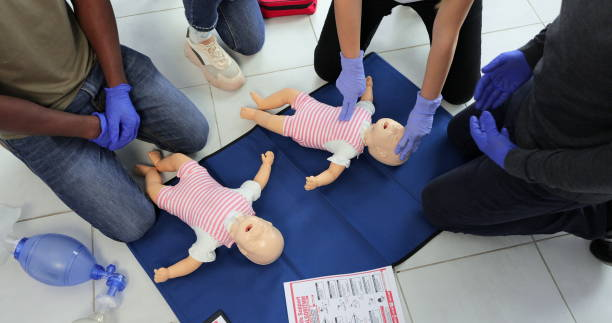
Paediatric First Aid is not a treatment. It is the initial care given to a baby who has been injured, is choking or suddenly taken ill. It is rendered before the arrival of a doctor or other medical personnel. But first aid is the most significant action that can be taken in an emergency. Even if you do not have a baby yet, learning these paediatric first aid tips can help save a baby’s life. You can take a Level 3 Award in paediatric first aid refresher course here.
FAQs
How can paediatric first aid help your choking baby?
It is very significant for parents to know about paediatric first aid as it can be really helpful for them in saving their child’s life in emergencies like choking.
Is it possible to give first aid to a choking baby at home?
Yes, providing first aid to a choking baby at home is possible. Some simple techniques can be employed to provide relief to the baby.
How effective is the Heimlich manoeuvre for infants?
The Heimlich manoeuvre is an effective technique that can be used to dislodge the object blocking an infant’s airway. It is not recommended for infants under 12 months.

